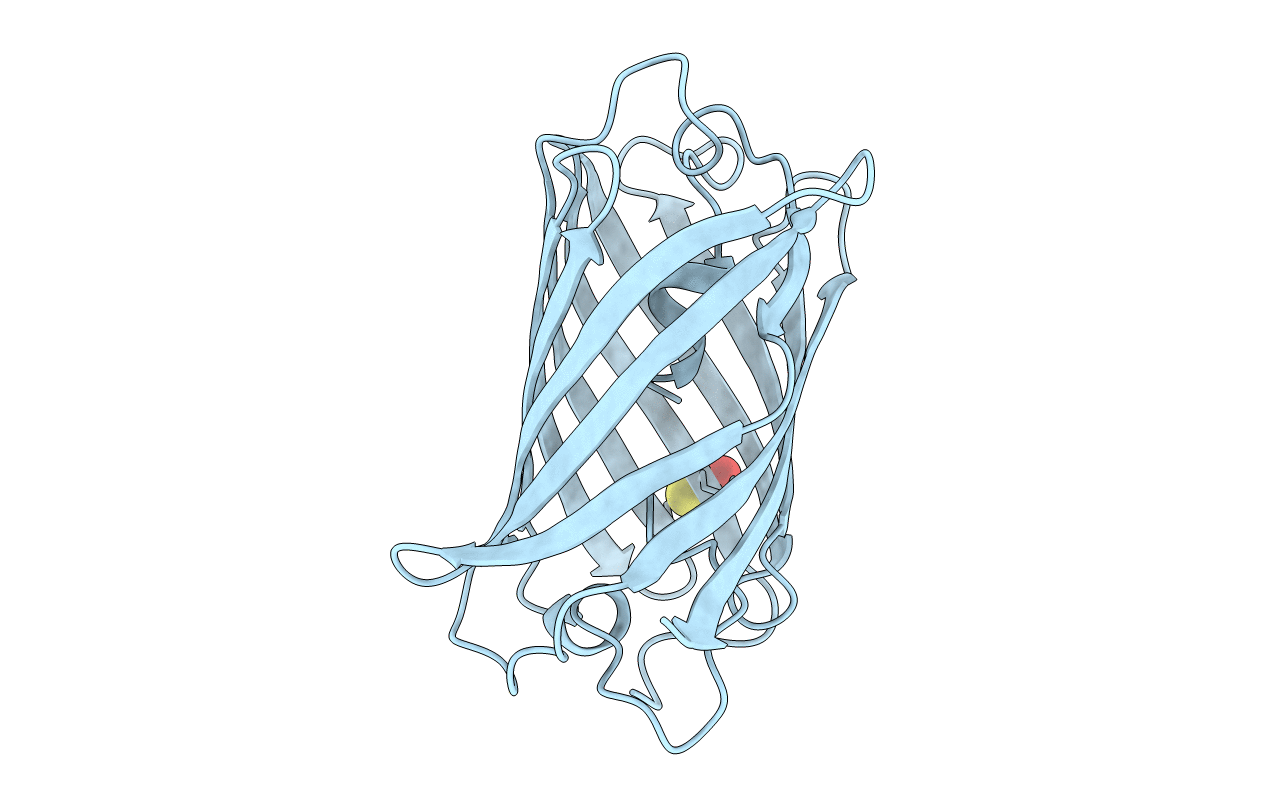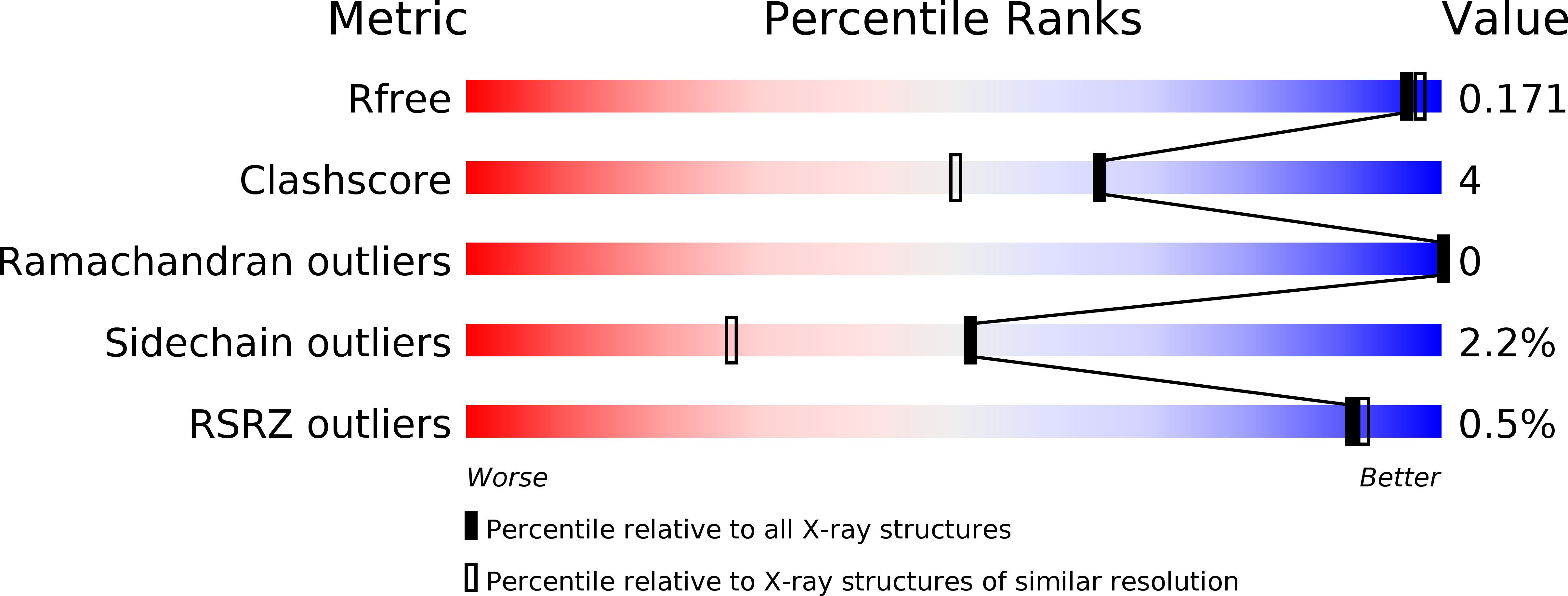
Deposition Date
2005-06-28
Release Date
2005-08-16
Last Version Date
2023-11-15
Entry Detail
PDB ID:
2A46
Keywords:
Title:
Crystal structures of amFP486, a cyan fluorescent protein from Anemonia majano, and variants
Biological Source:
Source Organism:
Anemonia majano (Taxon ID: 105399)
Host Organism:
Method Details:
Experimental Method:
Resolution:
1.65 Å
R-Value Free:
0.20
R-Value Work:
0.16
R-Value Observed:
0.16
Space Group:
I 41 2 2


